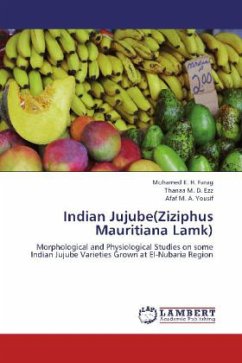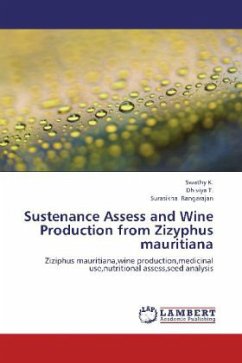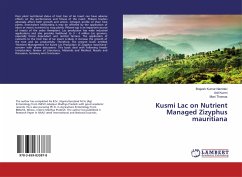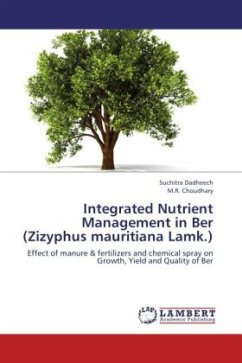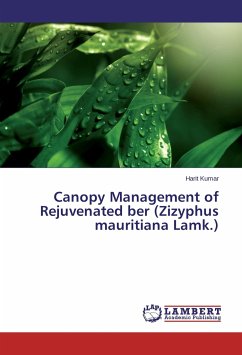Ber or Indian jujube is belongs to the family Rhamnaceae that consists of 45 genera and 550 species. It is widely distributed in tropical and sub-tropical climates in the world. Ber can be successfully cultivated even in the most marginal lands of the tropics and subtropics with few agriculture inputs and little attention. The tree propagates freely and resists stress conditions in regions experiencing recurrent droughts. It is suitable to rehabilitate the vast resource-poor regions of the tropics and subtropics and is thus an important tree for integration into the agroforestry systems in the warm desert ecoregions. The tree can provide economic sustenance to the region and insurance against ecological degradation. The Indian jujube trees are ever green and vigorous grower and have a rapidly developing tap root system within a short period. The Indian jujube has different names in different languages of the world there are in Arabic; Aunnabe Hindi, Nabig and Sidr; in English; ber, Chinese Date, Indian Cherry, Indian Jujube, Indian Date and Indian Plum; In French; Chicourlier, Croc de chien, Epine a cerises, Guin-doulier, Jujubier, and Massonier; In Hindi, Baer, Ber and Beri.
Bitte wählen Sie Ihr Anliegen aus.
Rechnungen
Retourenschein anfordern
Bestellstatus
Storno

